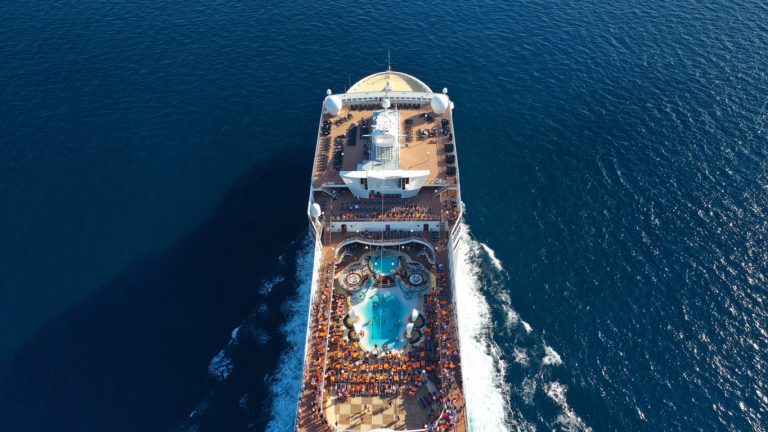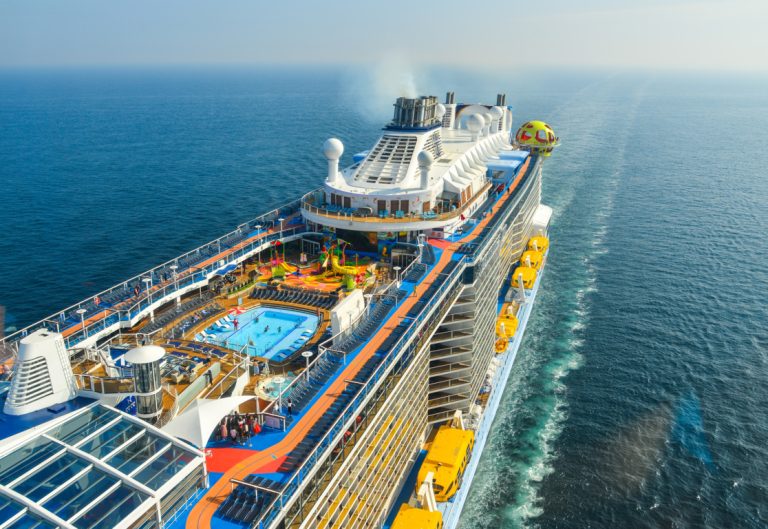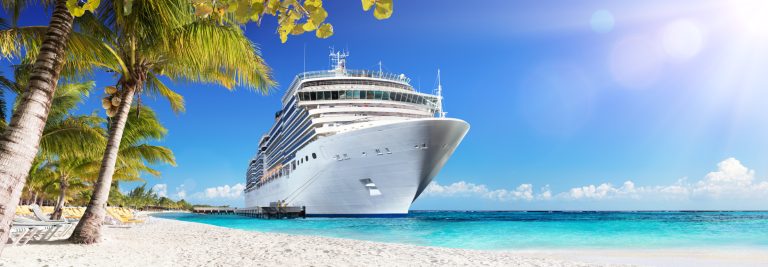Navigating the Rising Tide of Legionella Risk at Sea
Cruise ships face complex water quality challenges that require meticulous management to prevent Legionella and other waterborne diseases. With global Legionella cases on the rise, Greg Rankin, CEO of Hydrosense, explains how cruise operators can take a proactive approach to protecting water systems and keeping passengers safe at sea.
It’s widely documented that the cruise industry is experiencing an unprecedented boom. Passenger numbers are soaring, ships are becoming larger and more sophisticated, and operators are working at a record pace to meet demand with faster turnarounds and fully booked itineraries. But what often gets overlooked amid this exciting growth trajectory is a silent but incredibly serious challenge – the rising risk of Legionella.
Hydrosense (1)
A Perfect Storm
Of course, Legionella – a potentially deadly bacterium that thrives in warm-water systems and can cause a severe form of pneumonia known as Legionnaires’ disease – is not a new concern for cruise operators. Cruise ships are, by design, floating cities. Their vast networks of hot and cold water must be safely delivered across thousands of cabins and public spaces, while pools, spas, and HVAC systems must function reliably day and night. Most industry professionals are well-versed in the water safety standards needed to minimise risks and maintain these systems.
What is new, however, is the scale of the challenge. Globally, Legionella rates are rising rapidly, as warmer temperatures, shifting weather patterns and more complex water systems create more favourable conditions for Legionella bacteria growth. In the USA alone, the incidence of Legionellosis has surged by approximately 1000% over the past two decades.
Importantly, this growing Legionella risk is generally greater in cruise ships than any other large-scale facilities due to a unique combination of factors. Foremost, is the sheer scale of onboard water systems, the constant demand for hot and cold supply and the reliance on diverse global water sources, all of which contribute to a more complex risk profile than is typically seen on land. Also, when water is drawn from ports around the world, it may arrive with varying levels of treatment and quality, providing new opportunities for bacteria to enter shipboard systems. Once established, Legionella can thrive within biofilms inside pipes and tanks, making eradication a significant challenge.
Moreover, the hot tub and spa facilities commonly found on today’s popular cruise ships are particularly vulnerable because they contain warm, aerated water – conditions in which Legionella thrives – and require regular monitoring and disinfection to remain safe.
This risk is further amplified by passenger demographics. People over 45 are particularly susceptible to Legionnaires’ disease, and with the average cruise passenger around 55 and many older travellers taking longer voyages – the threat becomes even more significant.
Add to the equation a recent string of cruise ship Legionella outbreaks – including the 2022-2024 Centers for Disease Control and Prevention (CDC) investigation into 12 Legionnaires’ disease cases across two cruise ships, ten of which required hospitalization – and it’s clear that improving Legionella safety is critical for the high-risk cruise sector.
Hydrosense (5)
Charting New Testing Territories
To address this, most cruise operators implement comprehensive water management programs designed to proactively control Legionella risk. These programs typically include regular monitoring, maintenance, and the implementation of preventative measures such as thermal or chemical disinfection to minimize bacterial proliferation.
Regular laboratory testing is often part of this process, and it’s endorsed in international guidance. The World Health Organization’s Guide to Ship Sanitation (3rd edition), for instance, highlights that Legionella tests are specialized and require experienced laboratory staff, which means they’re not generally carried out by crews during voyages.
In our experience, though, Legionella testing doesn’t have to be so complicated. There’s a real opportunity to raise the safety bar by adopting a more dynamic testing regime – one that starts with routine, rapid on-site testing. The reality is that cruise ships are uniquely complex, ever-changing environments. Traditional laboratory tests can take up to ten days to produce results, and during that window passengers and crew are exposed to unnecessary risk. On top of that, water samples can be damaged during transport, sometimes killing the Legionella and leading to false negatives. Traditional lab-based tests also can’t detect Legionella in a state known as Viable but Non-Culturable (VBNC). Although dormant, these bacteria remain dangerous because they can resuscitate and infect human lung cells. This means that a supposedly “negative” result can create a false sense of security, only to be contradicted by follow-up testing that reveals the true picture.
The latest generation of rapid testing kits is designed to overcome these limitations. They can detect Legionella in just 25 minutes and are highly accurate in identifying Legionella pneumophila, the species most commonly linked to outbreaks of Legionnaires’ disease. Detecting the bacteria so quickly empowers ship operators to take immediate action, significantly reducing the risk of exposure and infection. This approach doesn’t just minimize risk during day-to-day operations; it also provides valuable data for ongoing risk assessments, while offering peace of mind for operators, crew, and passengers alike.
Importantly too, cruises are dynamic environments where evolving activities such as new water sources, changing weather, and fluctuating passenger demand can all affect the stability of water systems. By using rapid testing, operators can monitor these evolving risks far more frequently and adapt their responses in real-time wherever they are in the world.
Hydrosense (3)
Safer at sea
As cruise travel grows, so does the responsibility to manage Legionella risks. Rapid on-site testing gives operators the speed and certainty needed to protect passengers, crew, and reputations – helping ensure every voyage is safe and memorable for all the right reasons. For further information, please visit: https://hydrosense-legionella.com/
Don’t miss more updates, news and reviews about the world of cruises on Cruising Journal.



